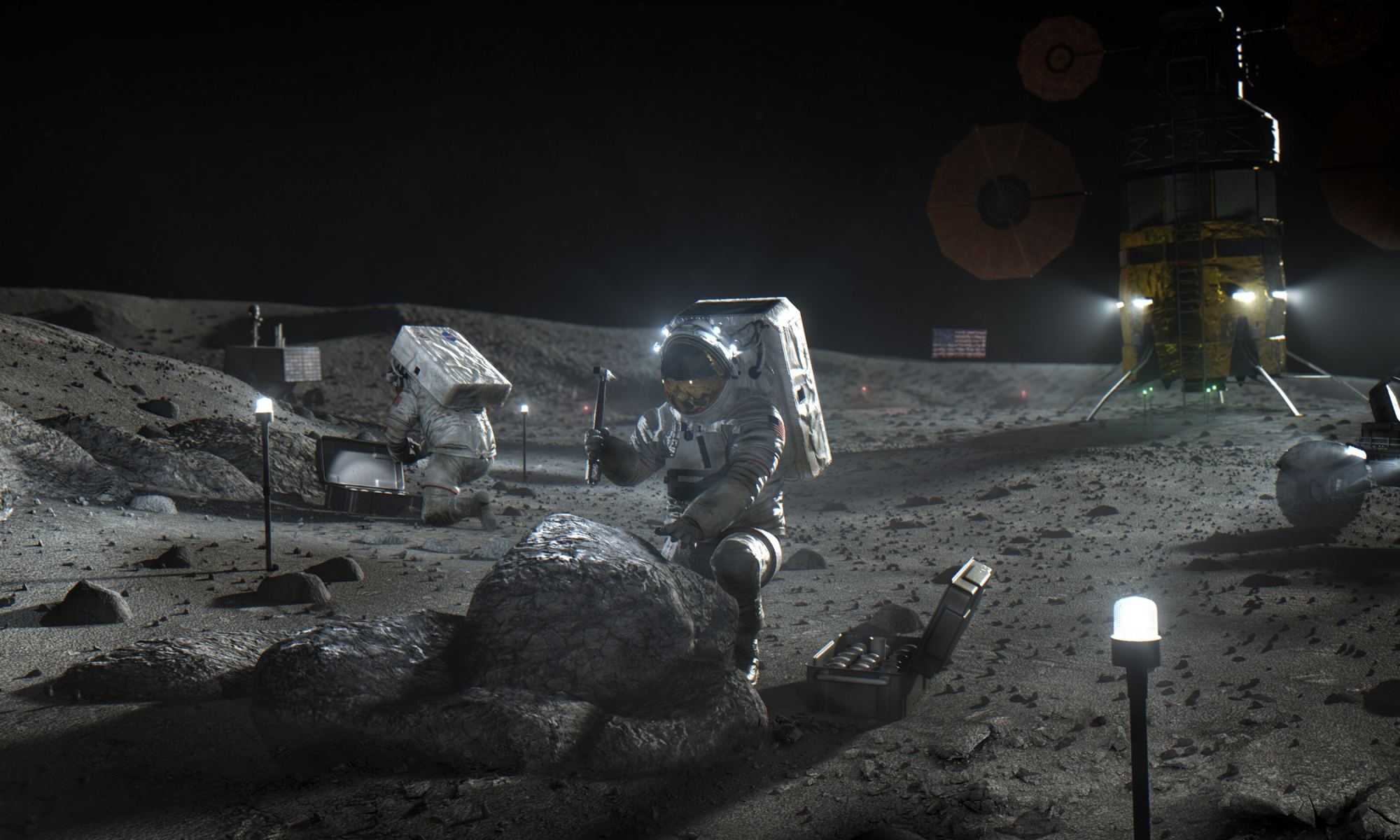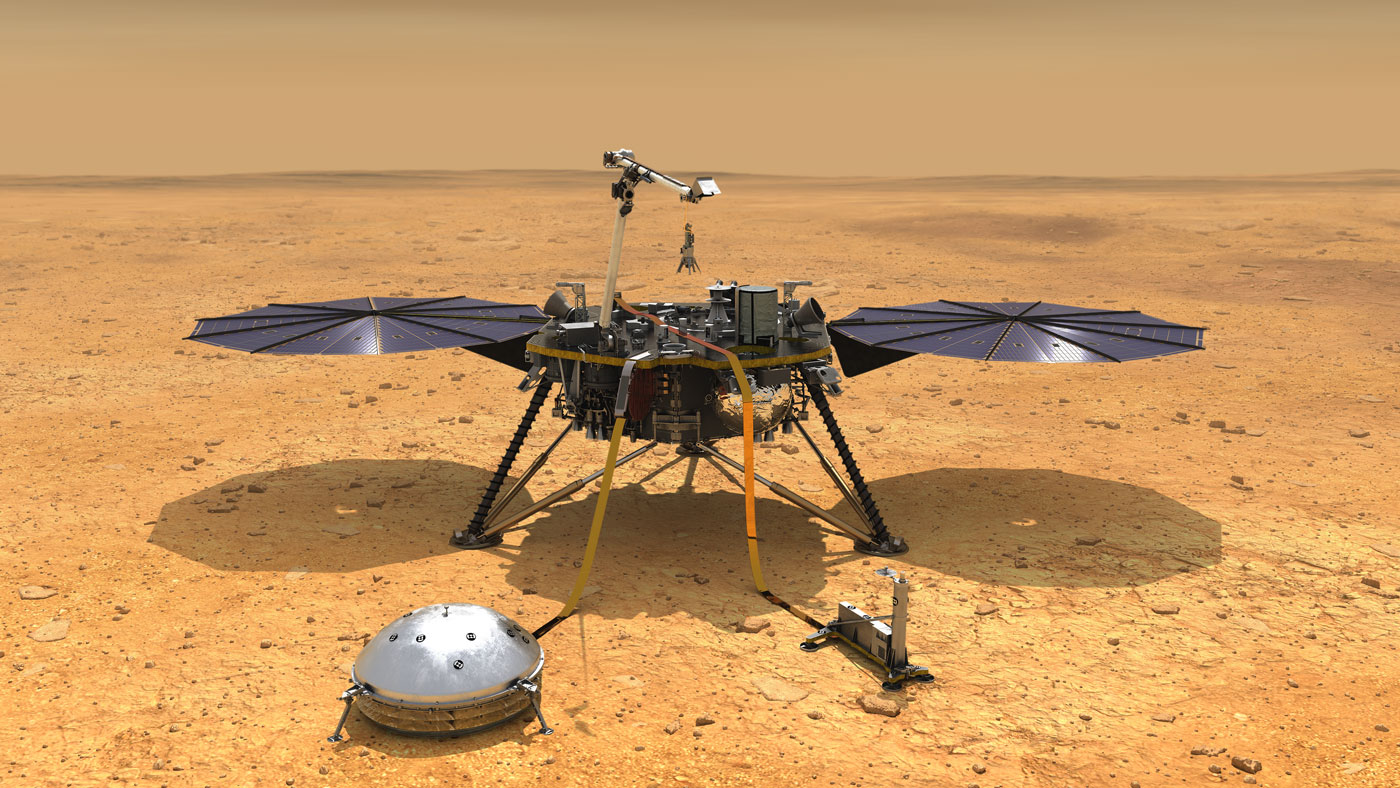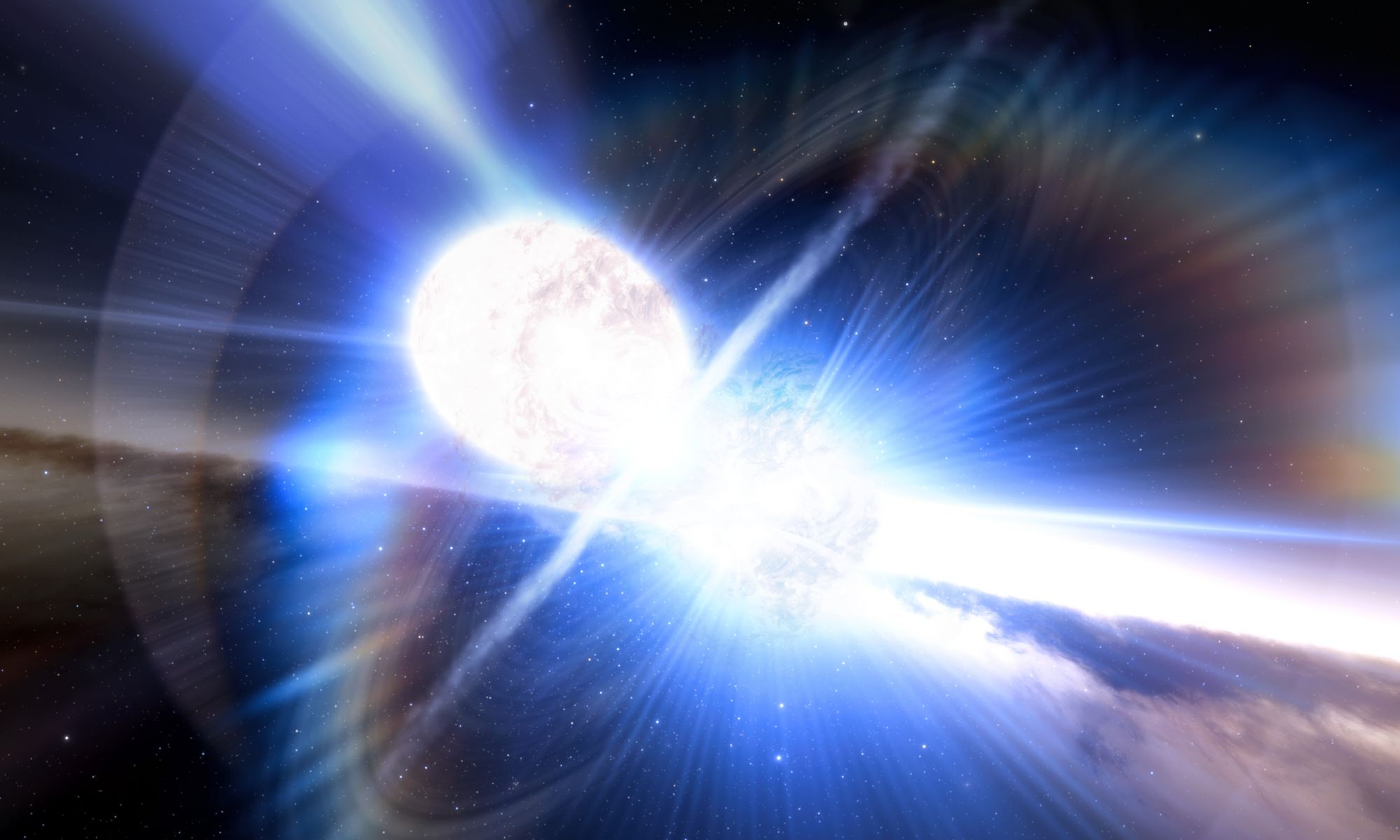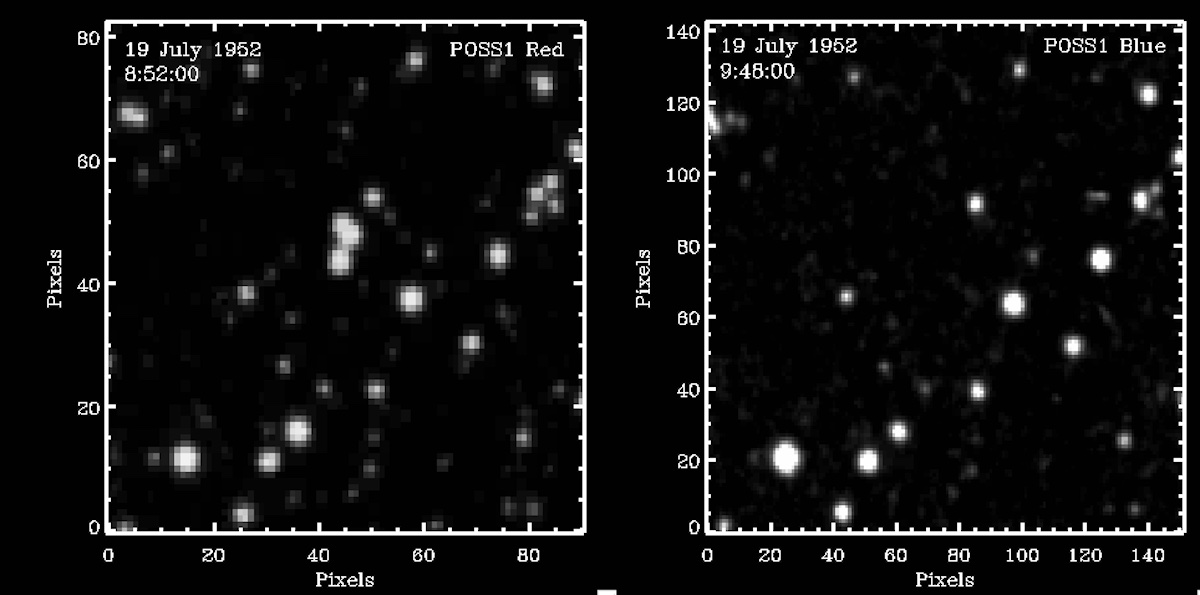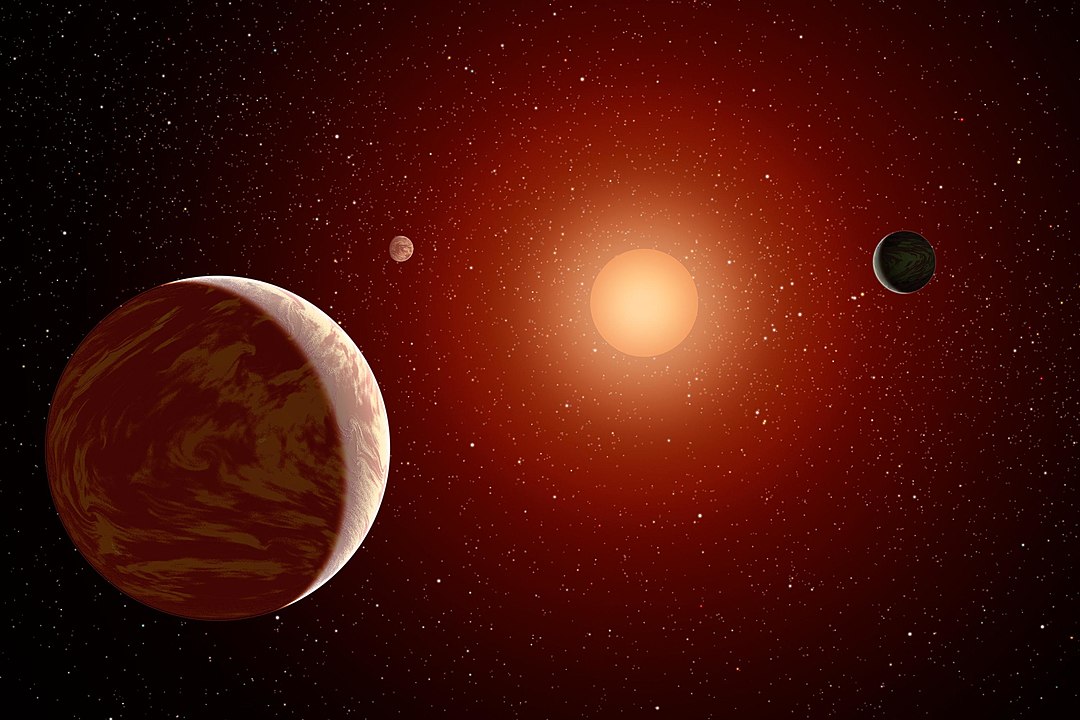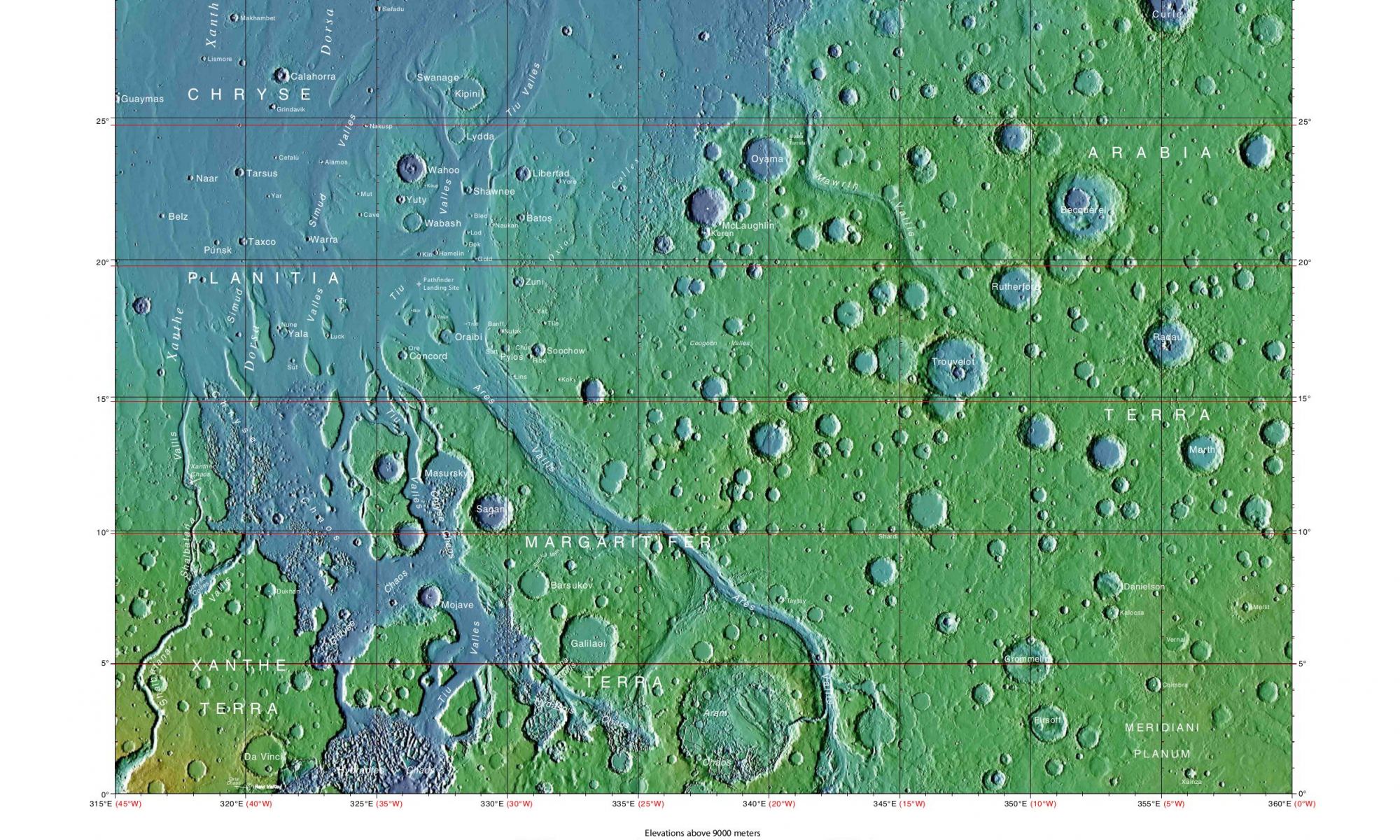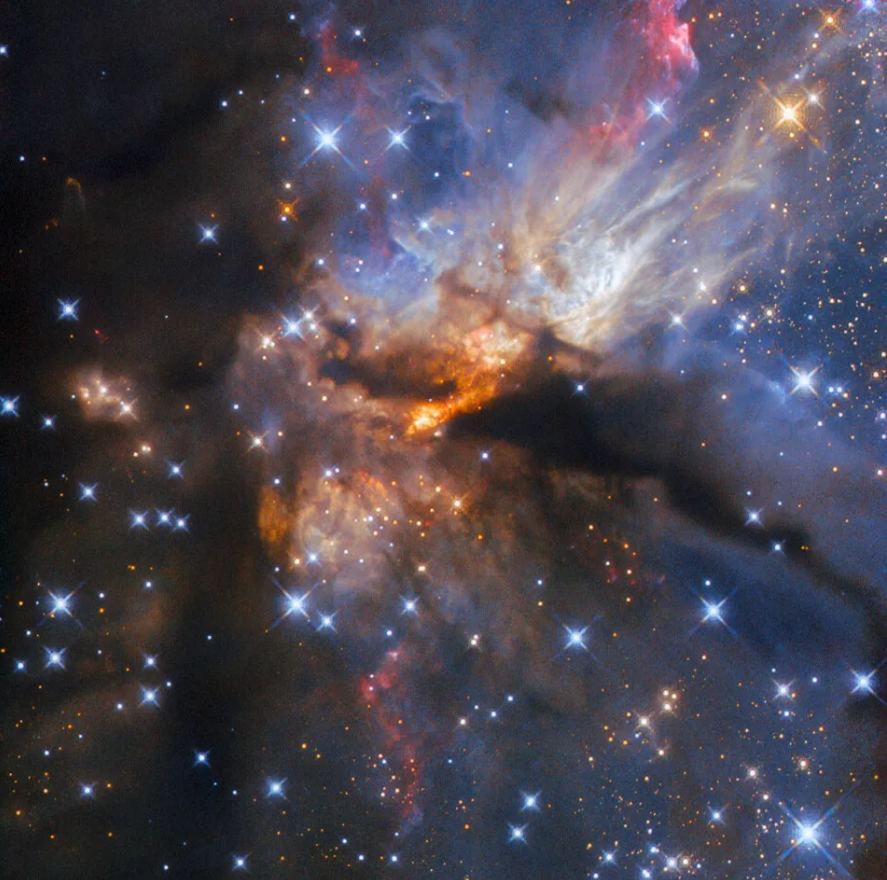Before this decade is out, NASA plans to return astronauts to the Moon for the first time since the Apollo Era and build the necessary infrastructure to keep sending them back. And they will hardly be alone. Alongside NASA’s Artemis Program, the European Space Agency also plans to send astronauts to the Moon and establish a permanent habitat there (the Moon Village), while China and Russia are working towards creating the International Lunar Research Station (ILRS). Numerous commercial space companies will also be there to provide crew transportation, cargo, and logistical services.
All of this will happen in the Moon’s southern polar region, a topographically complex region characterized by craters, permanently shadowed regions (PSRs), and undulating slopes. This terrain could prove difficult for crews conducting extravehicular activities (EVAs) away from landing sites and habitats. In a recent study, an international team of researchers used data from NASA’s Lunar Reconnaissance Orbiter (LRO) to create a detailed atlas of the region that accounts for all the traverses and descents. This atlas could prove very useful for mission planners as they select landing sites for future exploration.
Continue reading “Lunar Astronauts Will Need Easy Walking Trails Around the Moon's South Pole”



